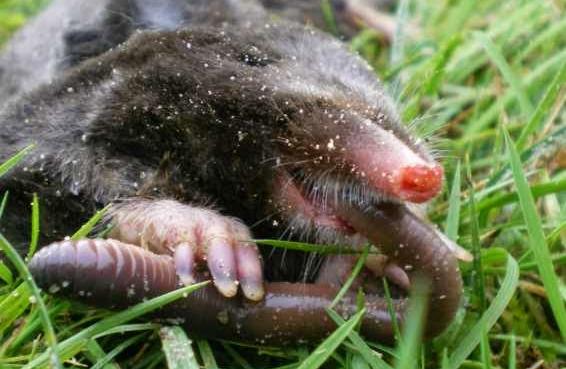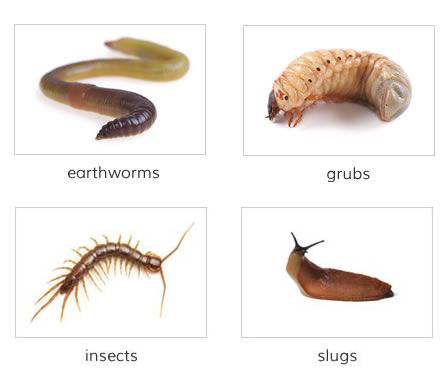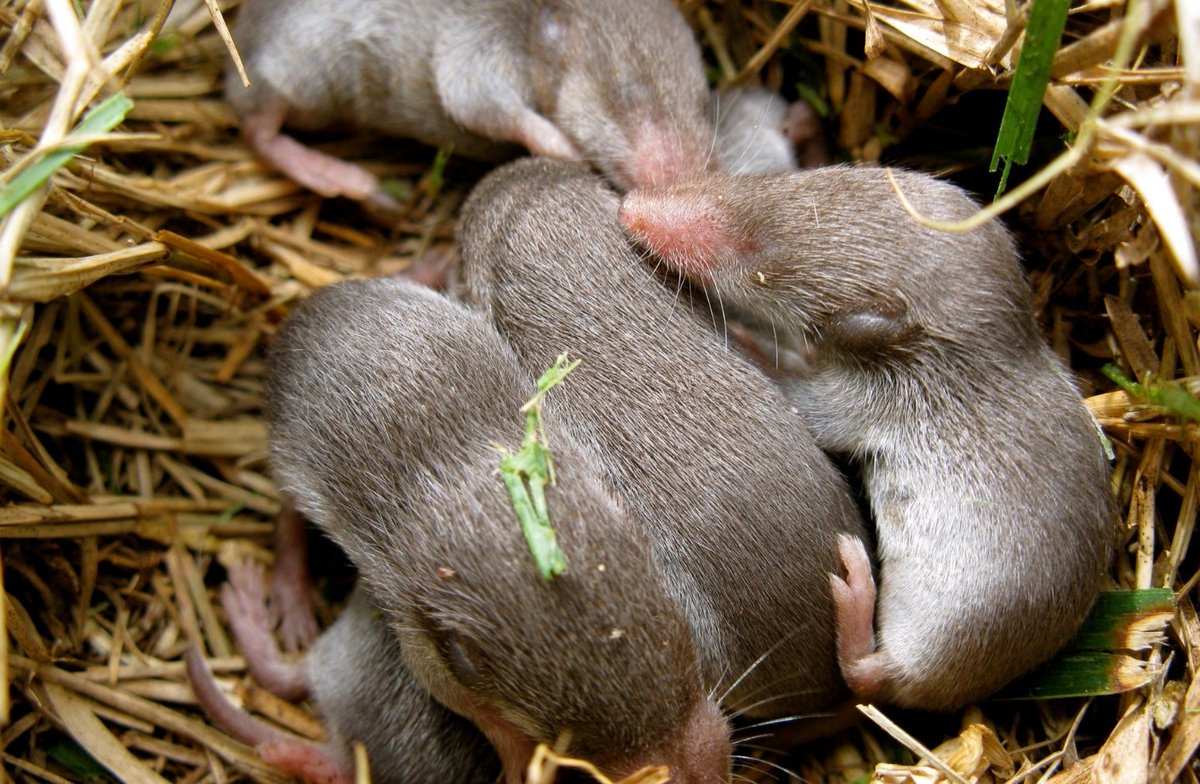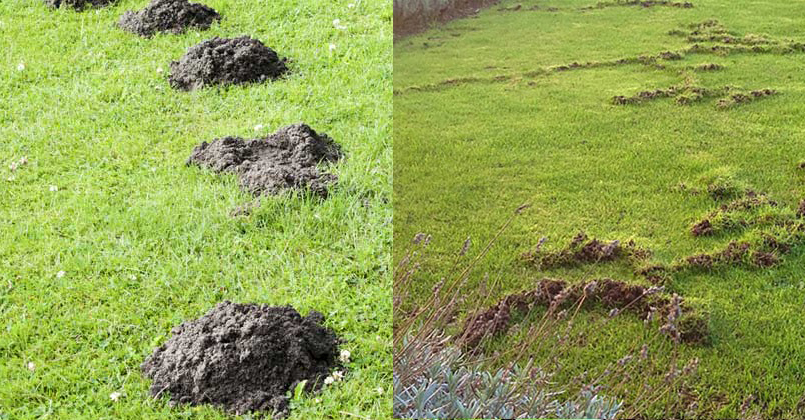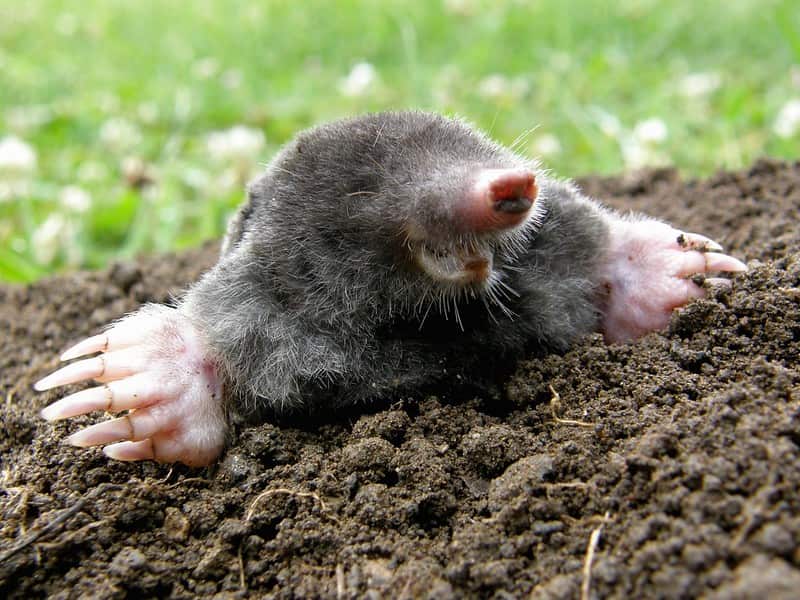11/03/2022
How to Get Rid of Earwigs?
Earwigs are part of the ecological community.
Nevertheless, they can be quite damaging in enormous numbers because most of them consume the fallen leaves of plants that could be either money, food, or decorative plants. Past their devastating capacity, they add little or no value to your yard or indoor home.
The good news is that you can do away with them as quickly as you find their presence.
This article describes how to get rid of earwigs and also stop them from occurring in the future....
See More
